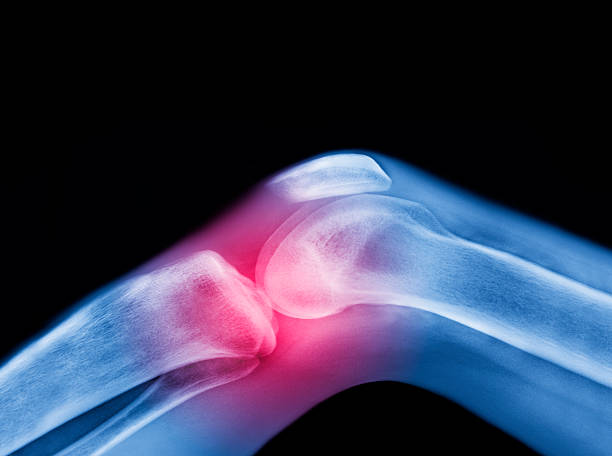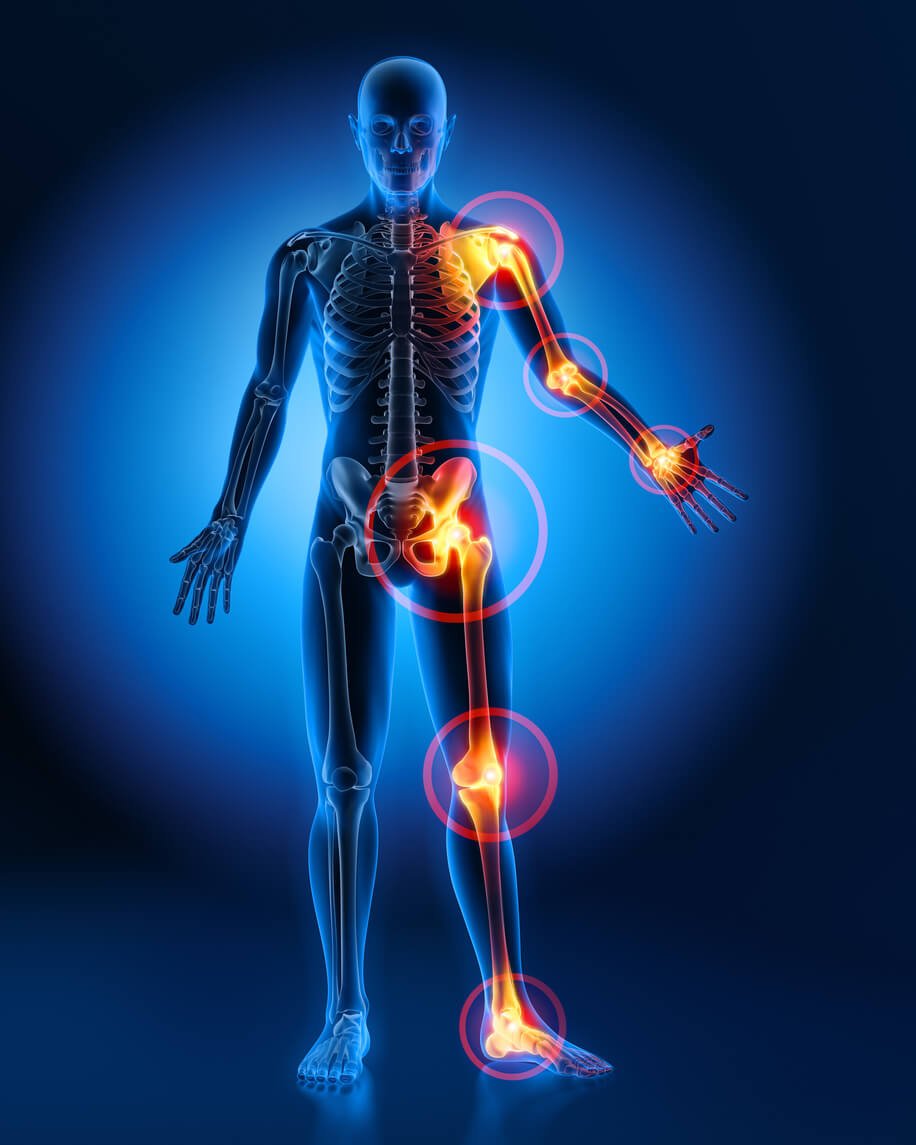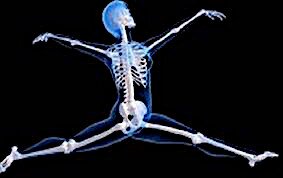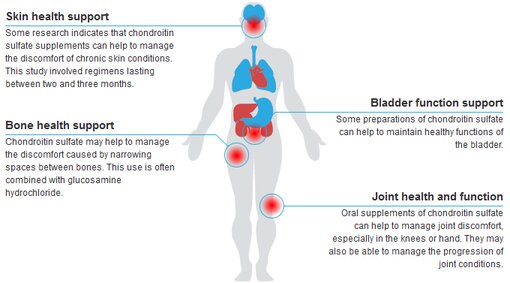Arthritis is an acute or chronic inflammation of the joint but the term is used to describe around 200 conditions that affect joints, the tissues that surround the joint, and other connective tissue. It is a rheumatic condition. Arthritis is more common among adults aged 65 years or older, but it can affect people of all ages, including children.
TYPES
The most common form of arthritis include:
Osteoarthritis
More people have this condition than any other form of arthritis. It’s the “wear and tear” that happens when your joints are overused. It usually happens with age, but it can also come from joint injuries or obesity, which puts extra stress on your joints.
Joints that bear weight like your knees, hips, feet, and spine are the most common places it affects. It often comes on gradually over months or years. It makes the affected joint hurt. But you don’t feel sick or have the fatigue that comes with some other types of arthritis.
What happens?
You lose your body’s shock absorber. Cartilage, the slippery material that covers the ends of bones, gradually breaks down.
The damaged cartilage makes movement painful.
Symptoms
Depends on which joint or joints are affected. You may have:
• Deep, aching pain
• Trouble dressing, combing your hair, gripping things, bending over, squatting, or climbing stairs, depending on which joints are involved
• Morning stiffness that typically lasts less than 30 minutes
• Pain when walking
• Stiffness after resting
Your joint may be:
• Warm to the touch
• Swollen and harder to move
• Unable to move through a full range of motion.
Rheumatoid Arthritis (RA)
RA is an autoimmune disease. That means the immune system attacks parts of the body, especially the joints. That leads to inflammation, which can cause severe joint damage if you don’t treat it. About 1 out of every 5 people who have rheumatoid arthritis get lumps on their skin called rheumatoid nodules. These often form over joint areas that receive pressure, such as over knuckles, elbows, or heels.
What happens?
Some experts believe the immune system becomes “confused” after an infection with a bacteria or virus and starts to attack your joints. This battle can spread to other areas of the body.
Symptoms
Can come on gradually or start suddenly. They’re often more severe than with osteoarthritis.
The most common include:
• Pain, stiffness, and swelling in your hands, wrists, elbows, shoulders, knees, ankles, feet, jaw, and neck.
• Rheumatoid arthritis usually affects multiple joints; more than one swollen joint. Usually, it’s small joints in your wrists, hands, or feet.
• Morning stiffness than can last for hours or even most of the day. You may also feel fatigued and notice that your appetite is down and you’ve lost weight.
Psoriatic Arthritis
What is it?
People with this condition have inflammation of the skin (psoriasis) and joints (arthritis).
Psoriasis causes patchy, raised, red and white areas of inflamed skin with scales. It usually affects the tips of the elbows and knees, the scalp, the navel, and skin around the genital areas or anus.
What happens?
This type of arthritis usually starts between ages 30 and 50, but it can start as early as childhood. It’s equally common among men and women. The skin disease (psoriasis) usually shows up first.
Symptoms:
• Swelling of the fingers and toes.
• People who have it often have fingernails that are pitted or discolored, too.
Sometimes it can affect the spine.
Gout
What is it?
A buildup of uric acid crystals in a joint. Most of the time, it’s your big toe or another part of your foot.
Gout results from one of three things:
• Your body is making more uric acid.
• Your kidneys can’t process the uric acid your body makes.
• You’re eating too many foods that raise uric acid levels.
Symptoms
• Intense joint pain, probably in the big toe, but could also be in your ankles, knees, elbows, wrists, or fingers.
• Discomfort: Even after the sharp pain goes away, your joint will still hurt.
• Inflammation and redness: The joint will be red, swollen, and tender.
TREATMENT
A range of medications and lifestyle strategies can help treat arthritis and protect joints from further damage.
Medication
Non-inflammatory types of arthritis, such as osteoarthritis, are often treated with pain-reducing medications, physical activity, weight loss if the person is overweight, and self-management education.
Medications will depend on the type of arthritis. Commonly used drugs include:
*Analgesics: These reduce pain, but have no effect on inflammation. Examples include acetaminophen (Tylenol), tramadol (Ultram) and narcotics containing oxycodone (Percocet, Oxycontin) or hydrocodone (Vicodin, Lortab).
*Non-steroidal anti-inflammatory drugs (NSAIDs): These reduce both reduce both pain and inflammation. NSAIDs include ibuprofen (Advil, Motrin IB) and naproxen sodium (Aleve). Some NSAIDs are available as creams, gels or patches which can be applied to specific joints.
*Counterirritants: Some creams and ointments contain menthol or capsaicin, the ingredient that makes hot peppers spicy. Rubbing these on the skin over a painful joint modulate pain signals from the joint and lessen pain.
CONCLUSION
Treatment for arthritis aims to control pain, minimize joint damage, and improve or maintain function and quality of life.
Treatment might involve: Medications, physical or occupational therapy, splints or joint assistive aids, patient education and support, weight loss, surgery, including joint replacement.
Physical examination, antibody blood tests, full blood count are used to diagnose arthritis.








